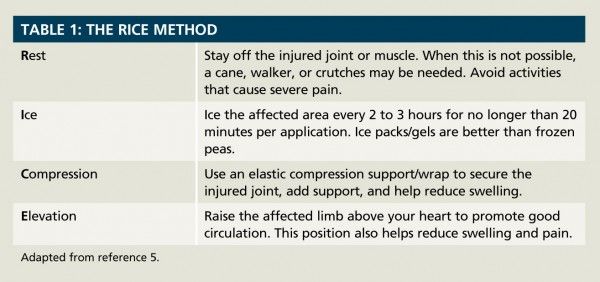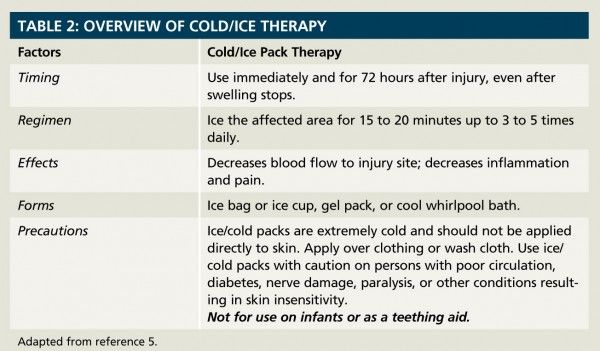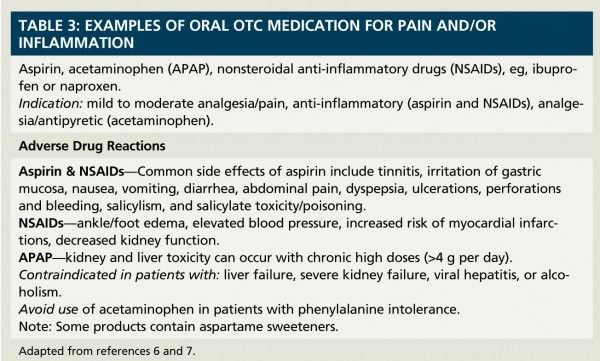Publication
Article
Pharmacy Times
Tendonitis: Careful Steps for Relief
Author(s):
Patients with chronic pain are prime candidates for a medication review because of possible interactions, toxicities, and adherence issues.
Patients with chronic pain are prime candidates for a medication review because of possible interactions, toxicities, and adherence issues.
Tendonitis is often characterized as an inflammation of an extensor tendon, but the condition also involves a failed healing response with tendon degeneration.1 The terms tendinopathy and tendinosis are often used to describe pathologic changes in tendon injuries.2 Tendonitis is most often caused by repetitive movements that have minor impact on the affected area over time or from a sudden more serious injury. It is believed that deterioration from accumulated small tears and frays in tendon tissue leads to tendonitis.
Tendonitis is not necessarily a sports injury because a number of other activities may cause tendonitis in addition to sports (tennis, golf, skiing, baseball/ softball [pitching, throwing]). These include raking, digging, shoveling, carpentry, gardening, and painting.3,4 As tendons age and with inactivity, they may become stiffer and less likely to handle higher loads. Tendonitis tends to occur more in active men and can occur in almost any area of the body where an extensor tendon connects to a muscle, usually at or near an active joint including elbow, shoulder, forearm, hip, knee, base of thumb, and Achilles tendon.3,4 In sports, poor technique in executing the movement(s) can also cause tendon injury.
Symptoms
Except for the location of the injured tendon/muscle, symptoms are similar in all affected areas.
Tendonitis is an acute form of swelling and inflammation in the tendon fibers that attach the muscles to the bones. It is often very painful and can persist for weeks to months unless treated properly. Anyone who has experienced tendonitis says that it is incredibly painful and disruptive to almost everything one does.4
Every time one bends, the stretch of the muscle/tendon or movement of the joint results in mild to moderate pain. Pain spreads along the tendon/muscle or joint. Once tendons are injured it becomes very difficult for them to completely recover. This is because it is almost impossible to keep from re-straining the injured tendons. When the pain is gone, tendons may not be completely healed. Unfortunately, when the pain disappears, we try to use the tendon/muscle normally.
Pharmacologic Treatment 3,4
Treatment usually includes a combination of the following (Table 1): Resting the injured area; Icing the area (Table 2); applying an elastic Compression support/ wrap; and when possible Elevating of the affected area. Taking oral nonsteroidal anti-inflammatory drugs (Table 3) routinely for the first few weeks often provides relieve of pain and inflammation. Concurrent icing of the injured area will also help relieve pain and swelling.



Topical arthritis creams or sports creams can offer temporary relief for a few hours for minor arthritis and muscle pain. These products usually contain 1 or more active ingredients such as cajuput oil, camphor, capsaicin, clove oil, menthol, methylsalicylate, or trolamine salicylate. Products containing capsaicin are more effective when used routinely.
Patient Counseling Tips
Patients should avoid activities that aggravate the problem as much as possible, and also avoid the activity that caused the original injury. Depending on the severity of the injury, tendinitis may take weeks to months to go away. If relief is not achieved in a few weeks, the situation may require seeing a physician. Often physical therapy may be very beneficial. Due to a wide range of tendon injuries, physical therapy should be individualized to the injury and level of patient activity. Severe problems not responding to conventional therapy may require surgery.
Mr. Brown is professor emeritus of clinical pharmacy and a clinical pharmacist at Purdue University College of Pharmacy, Nursing, and Health Sciences, Department of Pharmacy Practice, in West Lafayette, Indiana.
References:
1. Maffulli N, Khan KM, Puddu G. Overuse tendon conditions: time to change confusing terminology. Arthroscopy. 1998;14:840-843.
2. Cook JL, Purdam CR. Is the tendon pathology at continuum? A pathology model to explain the clinical presentation of load-induced tendinopathy. Br J Sports Med. 2009;43:409-416.
3. Rees JD, Maffulli N, Cook J. Current concepts in the management of tendon disorders. Rheumatology. 2006;45:508-521.
4. Rees JD, Maffulli N, Cook J. Management of tendiopathy. Am J Sports Med. 2009:37:1855-1867.
5. Self-care of self-limited pain. In: Albrant DH, ed. The American Pharmaceutical Association Drug Treatment Protocols. 2nd ed. Washington, DC: American Pharmaceutical Association; 2001:424-5.
6. American Pain Foundation. Pain Resource Guide: Getting the Help You Need. Published 2007; revised 2009. www.painfoundation.org/learn/publications/files/PainResourceGuide2009.pdf. Accessed May 21, 2012.
7. Rao PNP, Knaus EE. Evolution of nonsteroidal anti-inflammatory drugs (NSAIDs): cyclooxygenase (COX) inhibition and beyond. J Pharm Pharmaceut Sci. 2008;11:81s-110s.







